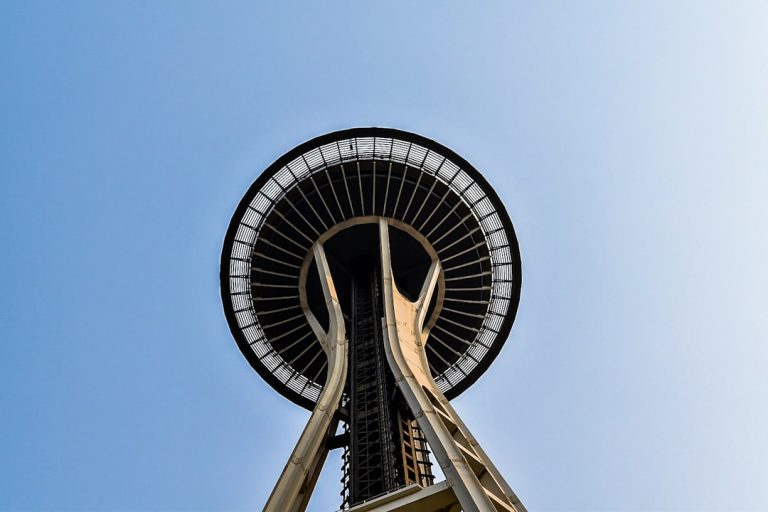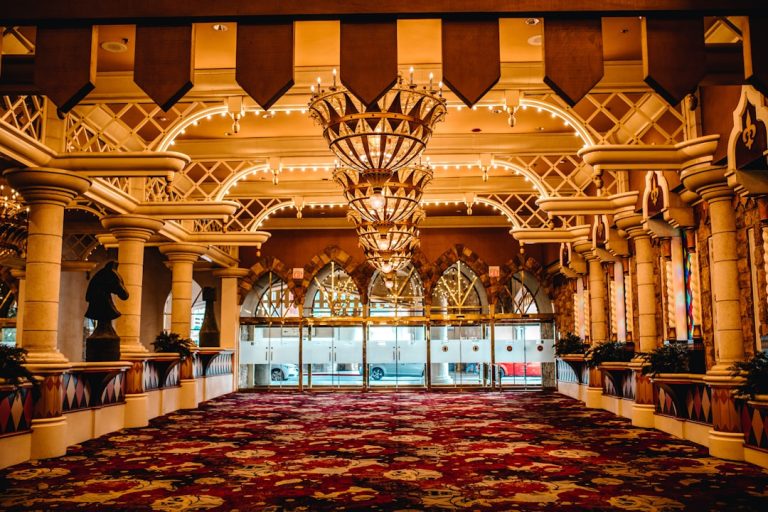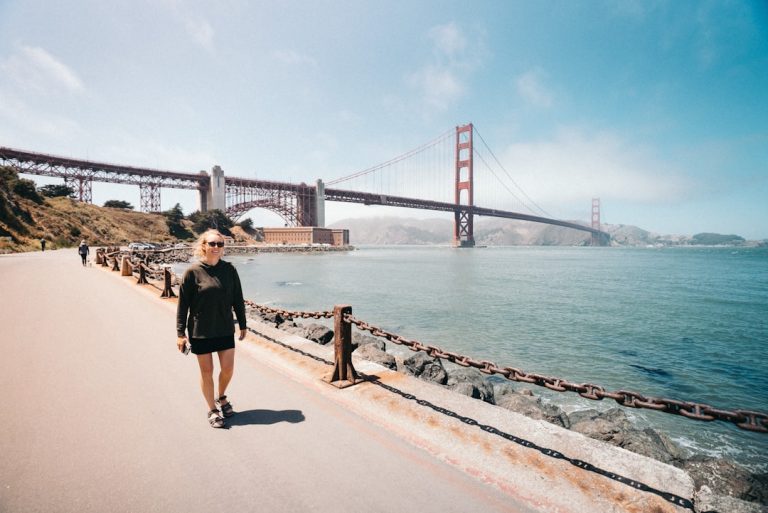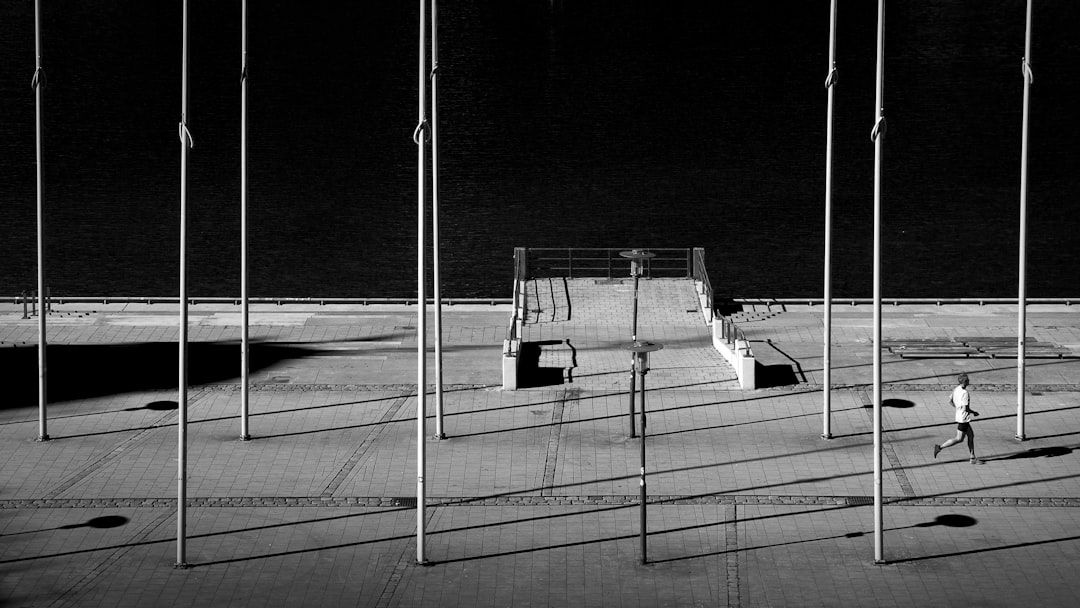
Columbus, Ohio, has a rich and multifaceted history that reflects the broader narrative of American development. Founded in 1812, the city was named after Christopher Columbus, the Italian explorer credited with opening the Americas to European colonization. The choice of name was emblematic of the era’s spirit of exploration and ambition.
Initially established as a strategic location for trade and transportation, Columbus was selected as the state capital in 1816 due to its central location, which facilitated access from various parts of Ohio. This decision marked a significant turning point in the city’s growth, as it began to attract settlers, businesses, and government institutions. Throughout the 19th century, Columbus experienced rapid industrialization, which transformed its economic landscape.
The arrival of the railroads in the 1850s further accelerated this growth, connecting Columbus to major markets and resources. The city became a hub for manufacturing, particularly in industries such as textiles, machinery, and food processing. By the turn of the 20th century, Columbus had established itself as a vibrant urban center.
The establishment of The Ohio State University in 1870 played a crucial role in shaping the city’s identity, fostering a culture of education and innovation that continues to thrive today. As the city evolved, it also became a melting pot of cultures, with waves of immigrants contributing to its diverse demographic fabric.
Key Takeaways
- Columbus, Ohio was founded in 1812 and named after Christopher Columbus.
- Must-see places and landmarks in Columbus include the Ohio Statehouse, German Village, and the Columbus Zoo and Aquarium.
- The unique culture and arts scene in Columbus is highlighted by the Short North Arts District and the Columbus Museum of Art.
- Outdoor activities and natural attractions in Columbus include the Scioto Mile, Franklin Park Conservatory, and the Columbus Park of Roses.
- Family-friendly attractions and entertainment in Columbus include the COSI science center, Columbus Children’s Theatre, and the Columbus Zoo and Aquarium.
- The culinary delights and food scene in Columbus feature a diverse range of options, from food trucks and local breweries to fine dining restaurants and farmers’ markets.
Must-See Places and Landmarks in Columbus
Columbus is home to a plethora of must-see places and landmarks that reflect its historical significance and cultural vibrancy. One of the most iconic structures is the Ohio Statehouse, completed in 1861. This architectural marvel showcases Greek Revival design and is notable for its distinctive dome.
Visitors can take guided tours to learn about Ohio’s legislative history and admire the intricate artwork that adorns its halls. The Statehouse is not just a seat of government; it is a symbol of civic pride and historical continuity for the residents of Columbus. Another landmark that draws visitors is the LeVeque Tower, an Art Deco skyscraper that stands as a testament to the city’s architectural evolution.
Completed in 1927, it was once the tallest building in Columbus and remains an iconic part of the skyline. The tower’s unique design features a series of setbacks and a striking blue-green hue that catches the eye from various vantage points throughout the city. For those interested in art and culture, the Columbus Museum of Art offers an impressive collection of American and European art, including works by renowned artists such as Edward Hopper and Georgia O’Keeffe.
The Unique Culture and Arts Scene in Columbus
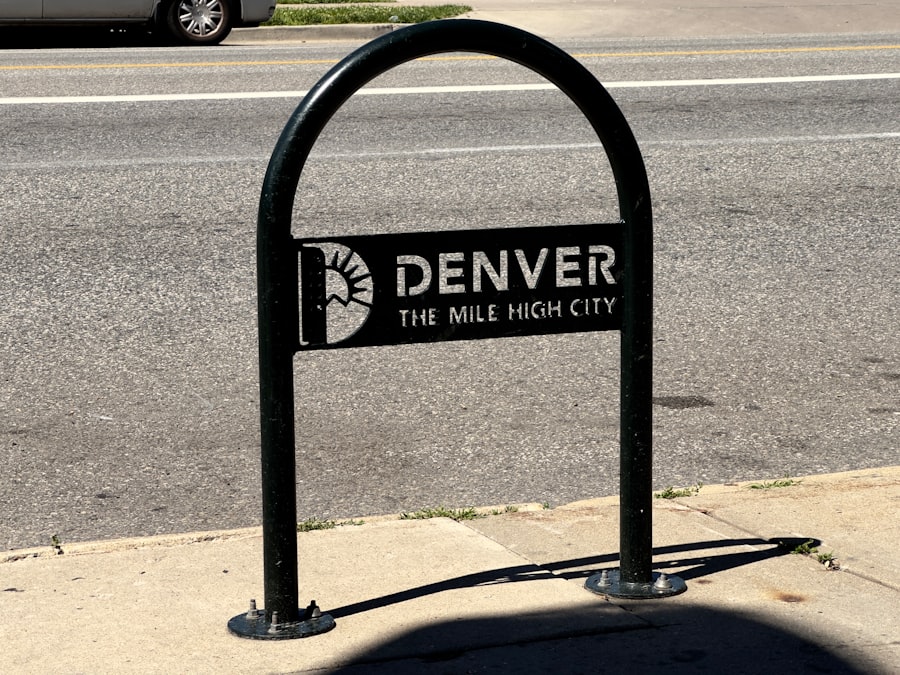
Columbus boasts a vibrant cultural scene that is both diverse and dynamic. The city is home to numerous theaters, galleries, and performance spaces that cater to a wide range of artistic expressions. One notable venue is the Ohio Theatre, a beautifully restored historic theater that hosts Broadway shows, concerts, and other live performances.
Its opulent interior, complete with ornate plasterwork and a grand chandelier, provides an enchanting backdrop for any event. The theater is part of the larger Columbus Association for the Performing Arts (CAPA), which plays a pivotal role in promoting the performing arts in the region. In addition to traditional performing arts, Columbus has cultivated a thriving community of visual artists.
The Short North Arts District is a prime example of this creative energy, featuring numerous galleries, studios, and public art installations. This neighborhood hosts the monthly Gallery Hop, where art enthusiasts can explore new exhibitions while enjoying live music and street performances. Furthermore, events like the Columbus Arts Festival celebrate local talent and attract artists from across the country, showcasing everything from painting and sculpture to crafts and culinary arts.
This commitment to fostering creativity has positioned Columbus as an emerging arts destination in the Midwest.
Outdoor Activities and Natural Attractions in Columbus
| Outdoor Activities and Natural Attractions in Columbus | |
|---|---|
| Hiking Trails | 20 |
| Parks | 15 |
| Bike Paths | 10 |
| Botanical Gardens | 5 |
| Waterfalls | 3 |
For those who appreciate nature and outdoor activities, Columbus offers an array of parks and natural attractions that cater to various interests. One of the most popular destinations is Franklin Park Conservatory and Botanical Gardens, which features stunning indoor gardens and outdoor landscapes. Visitors can explore diverse plant collections from around the world, including tropical rainforests and desert environments.
The conservatory also hosts seasonal events such as butterfly releases and holiday displays that enchant visitors year-round. In addition to botanical gardens, Columbus is home to an extensive network of parks that provide ample opportunities for recreation. The Scioto Mile is a picturesque waterfront park that stretches along the Scioto River, offering walking paths, bike trails, and green spaces for picnicking or relaxation.
The park features interactive fountains and public art installations that enhance its appeal as a gathering place for residents and tourists alike. For those seeking more adventurous pursuits, Highbanks Metro Park offers hiking trails through scenic woodlands and opportunities for birdwatching. With its diverse landscapes and recreational options, Columbus encourages residents to embrace an active lifestyle while enjoying the beauty of nature.
Family-Friendly Attractions and Entertainment in Columbus
Columbus is an excellent destination for families seeking fun and educational experiences. One standout attraction is COSI (Center of Science and Industry), an interactive science museum that captivates visitors of all ages.
The museum also hosts live demonstrations and IMAX films that provide immersive learning experiences. Families can easily spend an entire day exploring COSI’s engaging exhibits while sparking curiosity about science and technology. Another family-friendly destination is the Columbus Zoo and Aquarium, renowned for its commitment to conservation and education.
Home to thousands of animals representing species from around the globe, the zoo offers visitors an opportunity to learn about wildlife while enjoying interactive exhibits like the Polar Frontier and Heart of Africa. The adjacent Zoombezi Bay water park provides additional entertainment during warmer months with thrilling water slides and lazy rivers. Together, these attractions create a comprehensive family experience that combines fun with learning about nature and wildlife conservation.
Culinary Delights and Food Scene in Columbus

The culinary landscape in Columbus is as diverse as its population, offering a wide range of dining options that reflect various cultural influences. The North Market is a must-visit destination for food lovers; this public market features local vendors selling fresh produce, artisanal cheeses, gourmet meats, and international cuisine. Visitors can sample dishes from around the world while supporting local farmers and artisans.
The market also hosts events such as cooking demonstrations and seasonal festivals that celebrate food culture in Columbus. In addition to local markets, Columbus has gained recognition for its burgeoning restaurant scene. Establishments like The Refectory offer fine dining experiences with French-inspired cuisine paired with an extensive wine list.
For those seeking casual dining options, neighborhoods like German Village are home to charming eateries serving traditional German fare alongside modern American dishes. Food trucks have also become increasingly popular in Columbus, providing innovative culinary creations on-the-go at various events throughout the city. This vibrant food scene not only showcases local talent but also reflects the city’s commitment to culinary diversity and creativity.
Columbus continues to evolve as a dynamic urban center with a rich history, vibrant culture, abundant outdoor activities, family-friendly attractions, and a diverse culinary scene that invites exploration and enjoyment at every turn.
If you’re intrigued by the diverse attractions and historical insights provided in the article about Columbus, Ohio, you might also find interest in exploring more about other places. For instance, the article on Arlington: Facts and Places to Visit offers a fascinating glimpse into another vibrant city. Just like Columbus, Arlington boasts a rich history, unique attractions, and a variety of activities that cater to both residents and visitors. This related article could provide you with additional travel inspiration and broaden your understanding of different cultural landscapes.
FAQs
What are some interesting facts about Columbus, Ohio?
– Columbus is the capital and largest city of the state of Ohio.
– The city was named after Christopher Columbus.
– Columbus is home to the Ohio State University, one of the largest universities in the United States.
– The city is known for its diverse economy, including industries such as education, banking, fashion, defense, aviation, food, logistics, steel, energy, medical research, health care, hospitality, retail, and technology.
What are some popular places to visit in Columbus, Ohio?
– The Columbus Zoo and Aquarium, which is home to over 7,000 animals representing over 800 species.
– The Franklin Park Conservatory and Botanical Gardens, featuring indoor and outdoor gardens, art installations, and exhibitions.
– The Ohio Statehouse, a Greek Revival-style building that houses the government of Ohio.
– The Center of Science and Industry (COSI), a science museum with interactive exhibits and a planetarium.
What are some things to see in Columbus, Ohio?
– The Short North Arts District, known for its art galleries, restaurants, and vibrant nightlife.
– The German Village, a historic neighborhood with brick streets and charming homes.
– The Scioto Mile, a scenic park along the river with walking and biking paths, fountains, and public art.
– The Topiary Park, featuring a unique topiary interpretation of Georges Seurat’s famous painting “A Sunday Afternoon on the Island of La Grande Jatte.”
